As part of Interlude, the selected artists as well as some Interlude applicants received tailored mentoring. As the programme comes to an end, VAGW is excited to share the programme’s brilliant, insightful mentors:
Amak Mahmoodian
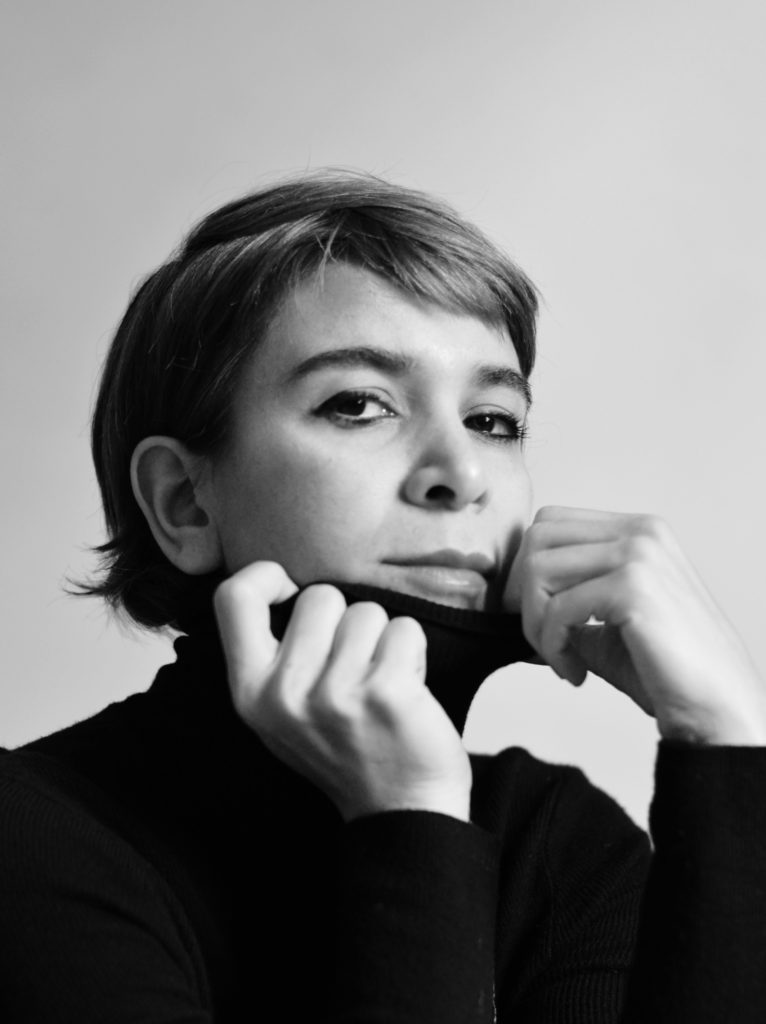
Born in Shiraz, Iran. Lives in Bristol, UK. Amak’s work questions notions of identity and home, bridging a space between personal and political. Through her journey she explores the effects of exile and distance on memory, dreams and daily life.
In 2015, she completed a practice-based doctorate in photography at the University of South Wales, having previously studied at the Art University of Tehran. Working with images, poems and archives she looks for the lyrical realities frames in the photographs. Amak has shown her work extensively and won numerous awards.
Libita Sibungu
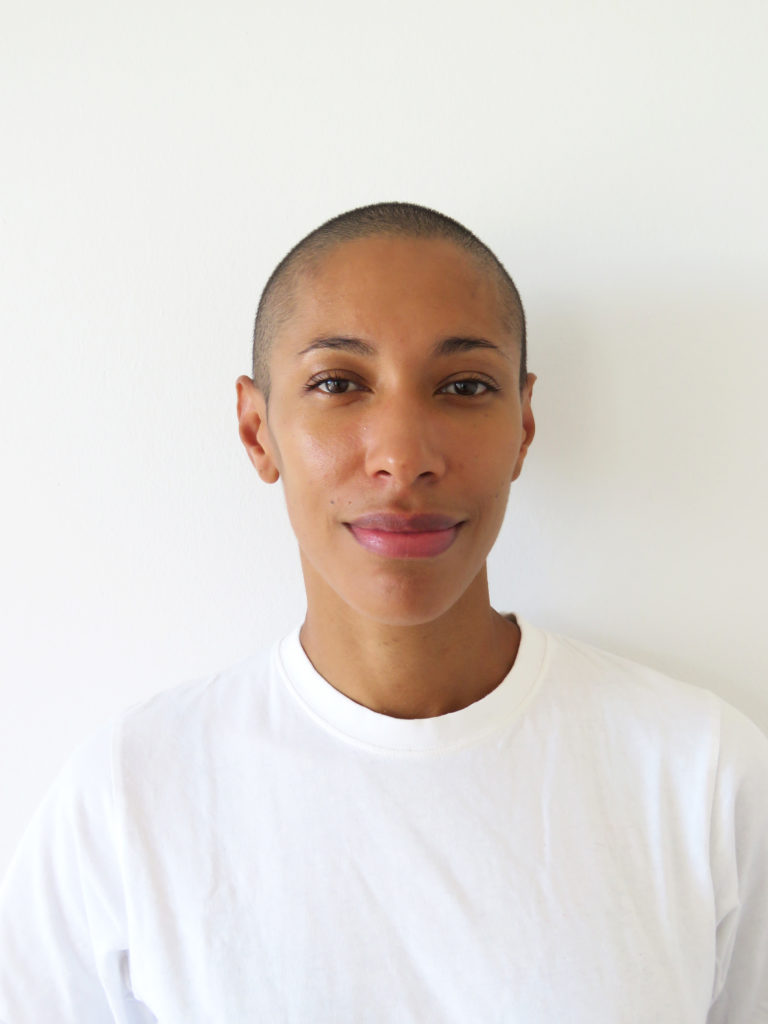
Libita Sibungu currently lives and works in West Cornwall, where she grew up – a daughter to Namibian and English parents, born in the late 1980’s just after the first sight of a birth of a galaxy, and a few years before Namibia’s Independence. As an interdisciplinary artist, Sibungu works with writing, drawing, performance, photography, print, and sound to build environments that weave decolonial narratives into immersive installations and poetic arrangements. Through collaboration – research is expanded towards a collective experience, inspired by living archives, sonic cartographies and speculative fiction.
Sibungu is the recipient of the 2022 Arts Foundation Future Award, and has presented work with Temple Bar Gallery, Ireland, and Sonsbeek, Netherlands (2021); Somerset House, UK, and Cabaret Voltaire, Zurich (2020). Sibungu’s solo exhibition and ongoing body of work ‘Quantum Ghost’ was presented with Gasworks, and Spike Island, (UK) in 2019.
Shenece Oretha
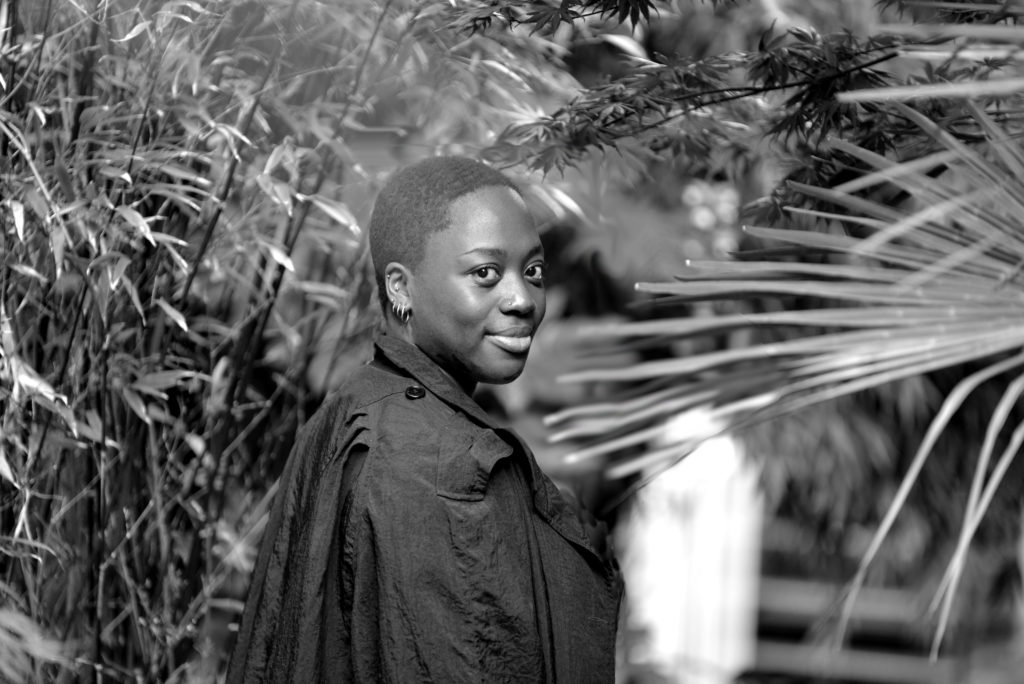
Shenece Oretha is a London based multidisciplinary artist sounding out the voice and sound’s mobilising potential. Through installation, performance, print, sculpture, sound, workshops and poetry she amplifies and celebrates listening and sound as an embodied and collective practice. Her solo works include at/Tribute, Institute Of Contemporary Art, London (2022), Ah So It Go, Ah No So It Go, Go So!, Cubitt Gallery, London (2022), Called to Respond, Cell Project Space, London, (2020), TESTING GROUNDS, Cafe OTO Project Space, London, (2019). Group exhibitions include, SURVEY II, G39, Cardiff, Jerwood Arts, London and Site Gallery, Sheffield (2021-22), Cinders, Sinuous and Supple, Les Urbaines, Lausanne, Switzerland (2019), and PRAISE N PAY IT/ PULL UP, COME INTO THE RISE, South London Gallery, London, (2018).
Zarina Muhammad / The White Pube
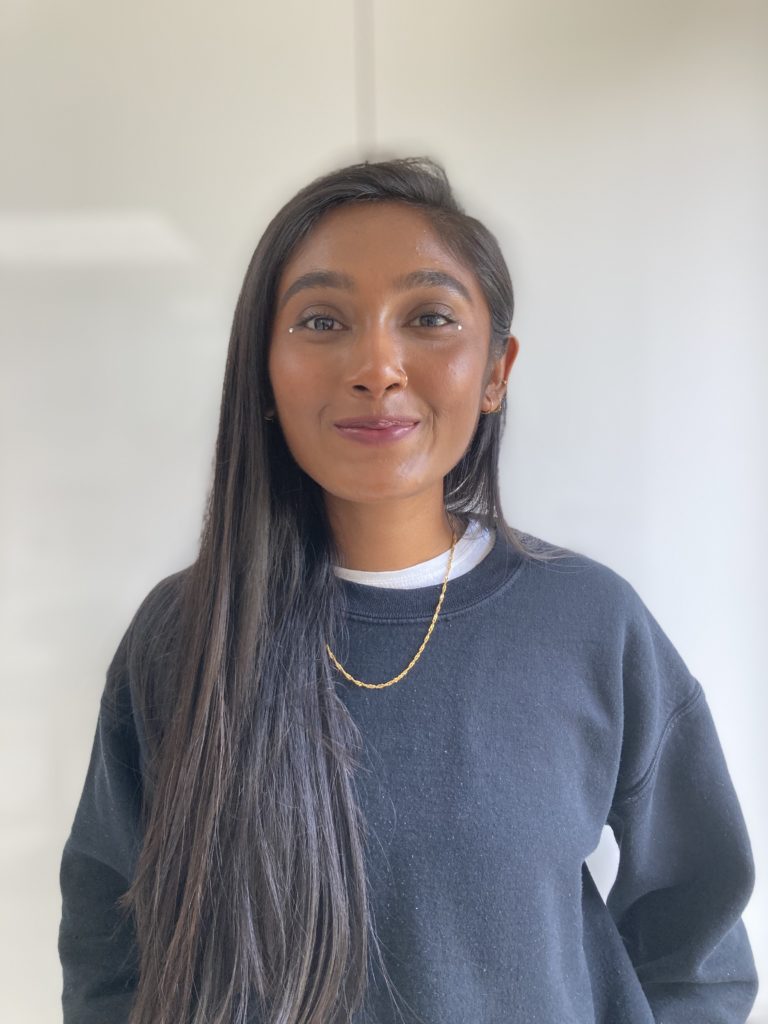
The White Pube is the collaborative identity of Gabrielle de la Puente and Zarina Muhammad under which they publish reviews and essays about art, video games and food. You can find them at thewhitepube.com or on twitter and instagram at @thewhitepube.
Marlo De Lara
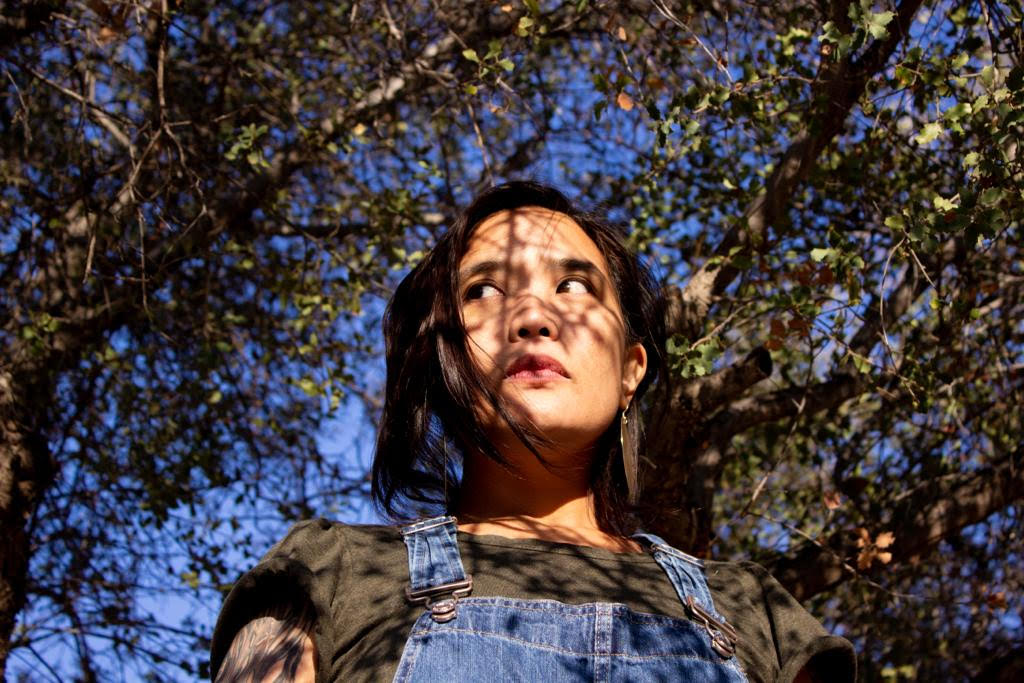
Born in Baltimore, Maryland, USA, artist Marlo De Lara received a PhD in the School of Fine Art, History of Art and Cultural Studies at the University of Leeds and an MA in Psychosocial Studies at the Centre of Psychoanalytic Studies at Essex. Her practice works within the realms of sound performance, visual distraction, and film. As the child of Filipino migrants of the ‘brain drain’ coming of age, De Lara’s unabashed feminist sociopolitical practice/research editorializes on contemporary global conditions. Her research relates to feminism, representation of marginalized populations particularly within sound and music, and creative work as political action and she provides workshops relating to sound practices and hardware, DIY collectives, and narratives as creatively productive political possibility. De Lara is also an active member of the Sonic Cyberfeminisms cohort and founder of the Ladyz in Noyz feminist experimental arts collective.
marlodelara.squarespace.com
marlodelara.academia.edu
The Interlude project has been a key stepping stone not only for VAGW but for the whole art ecology of Wales – and beyond. It has highlighted how much opening and transversality we still have to do, and how structured ways of working from institutional and non-institutional players need shifting and changing. Hopefully this step has made a difference to an extent, and can be built upon for the current and future generations of artists and art professionals in Wales.
